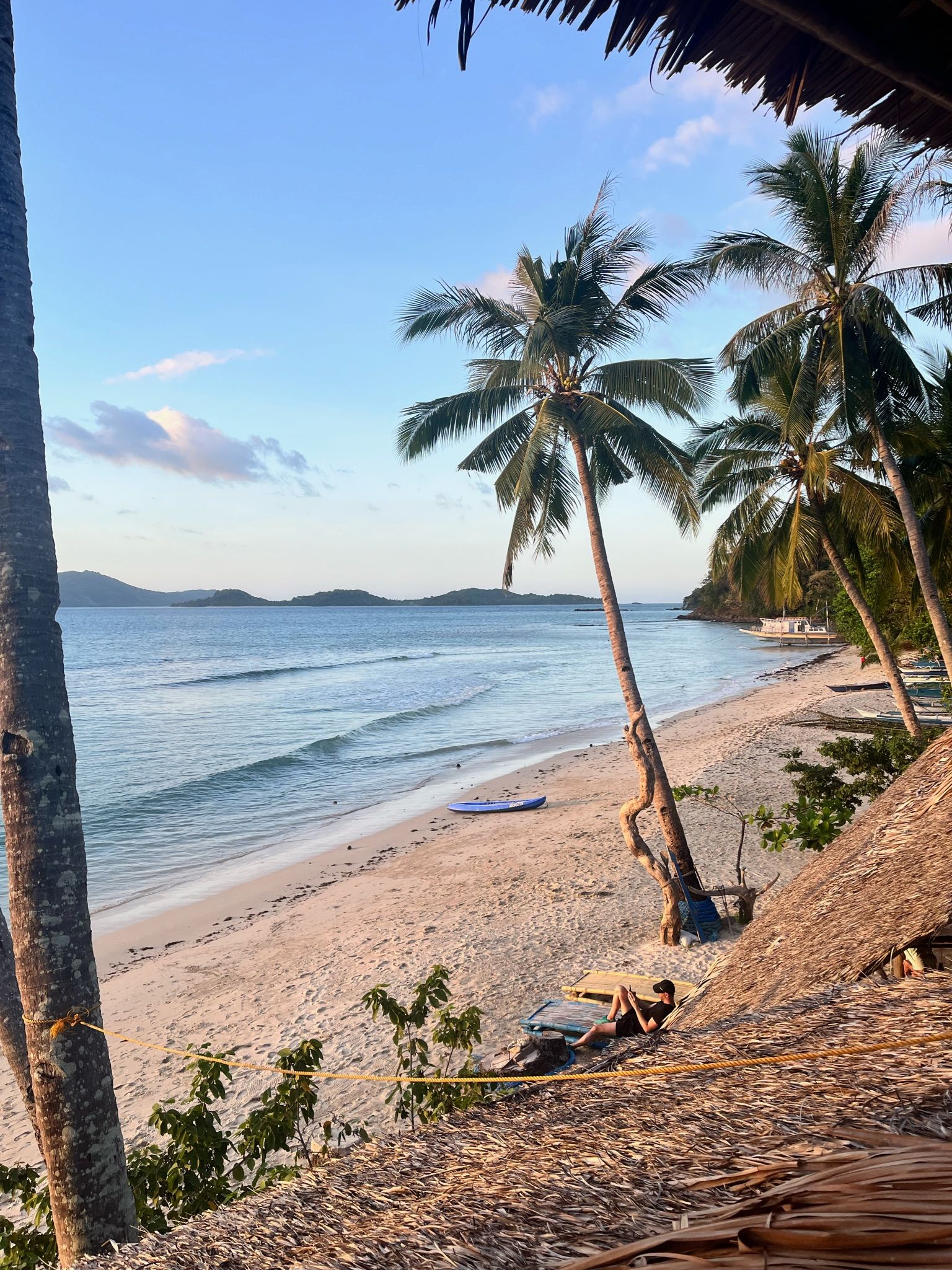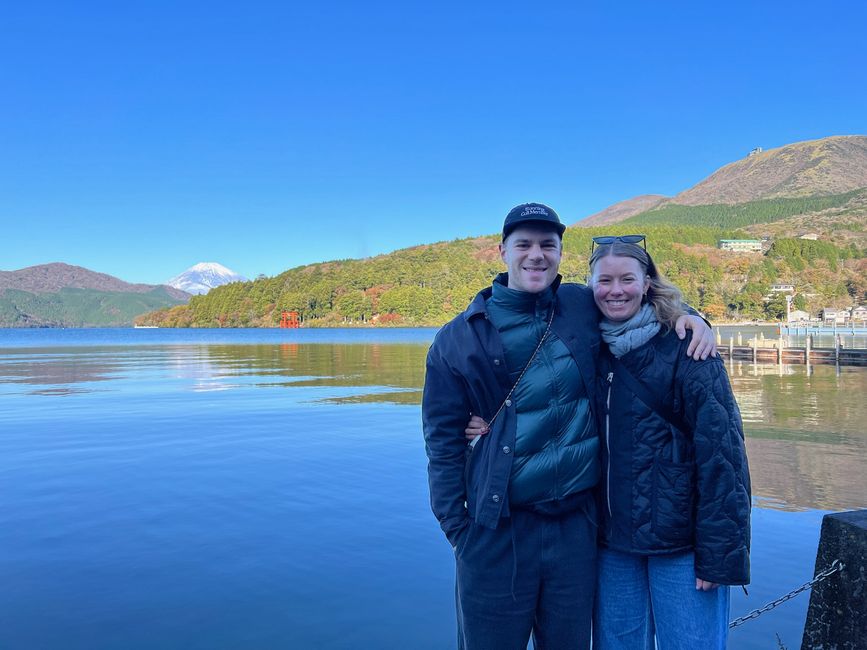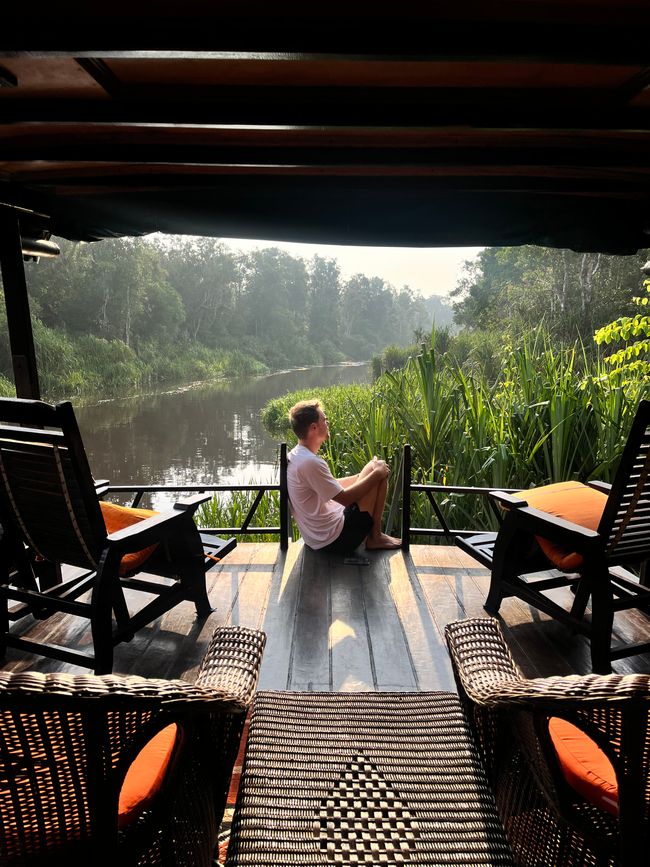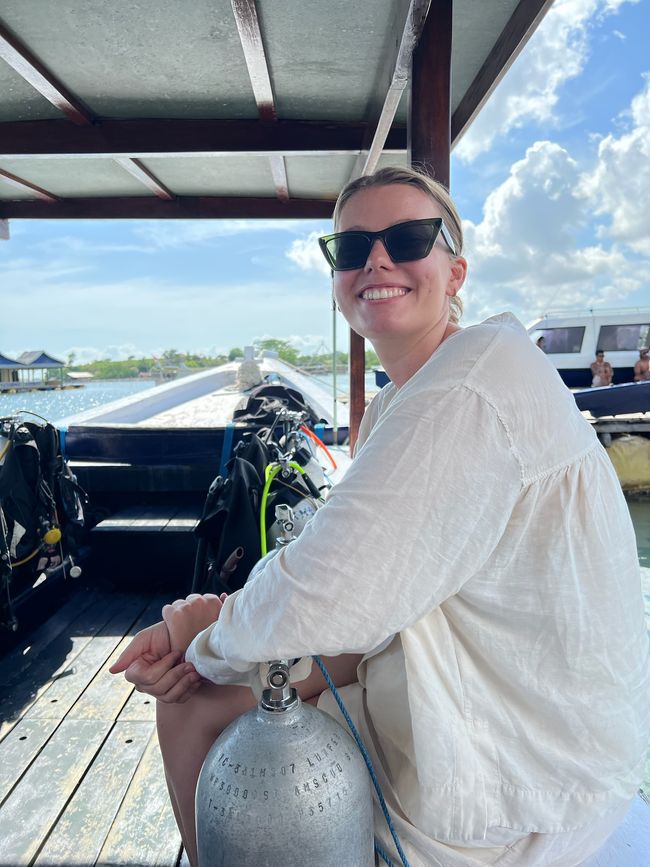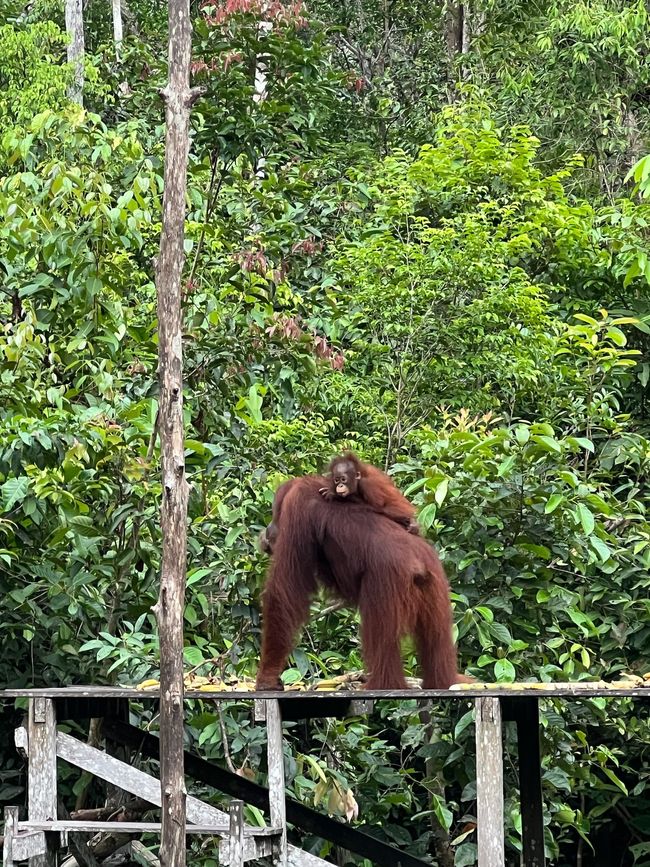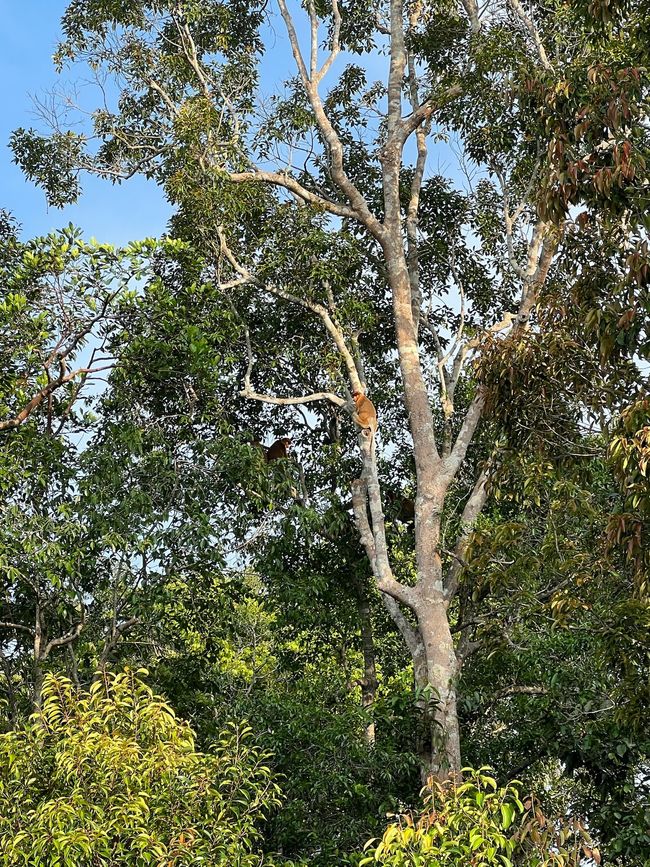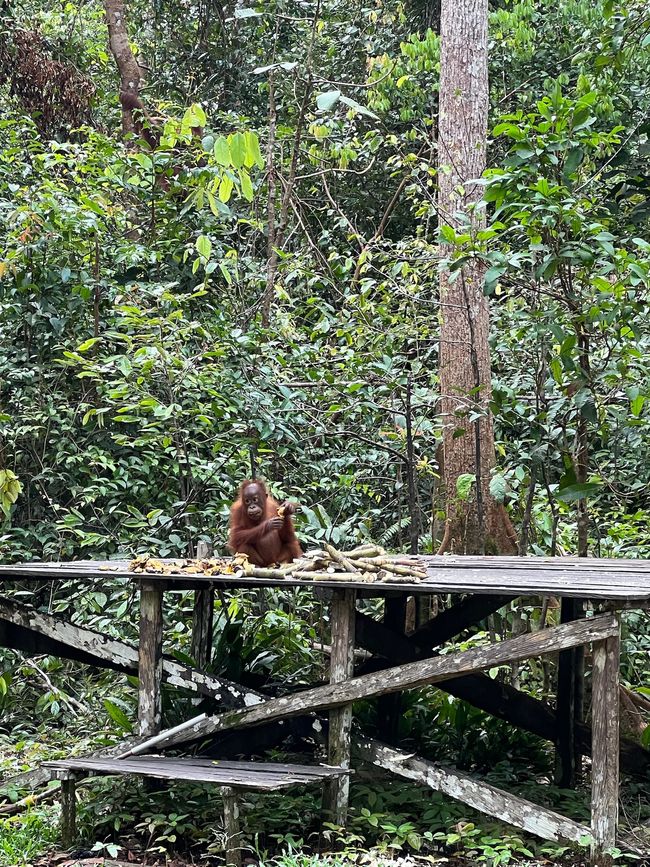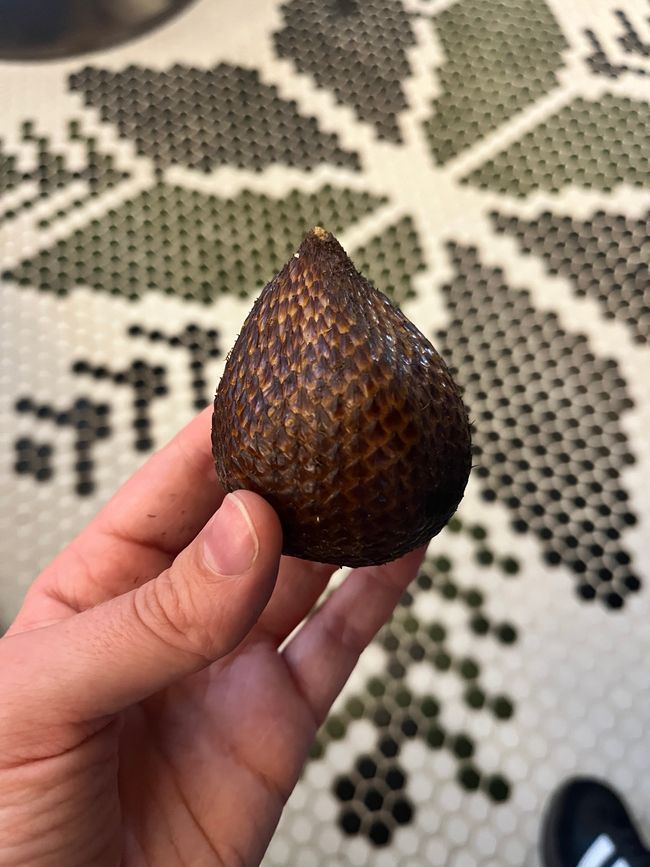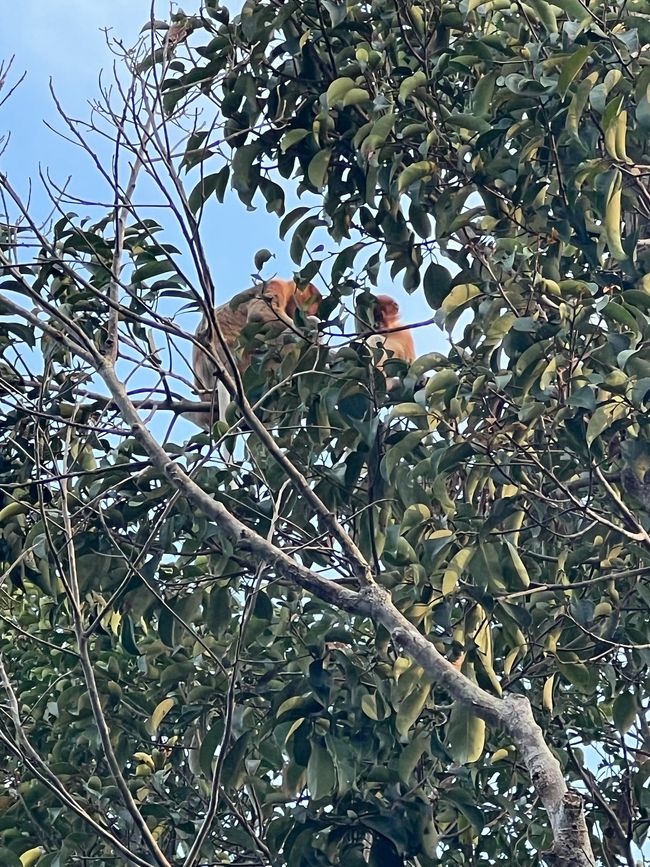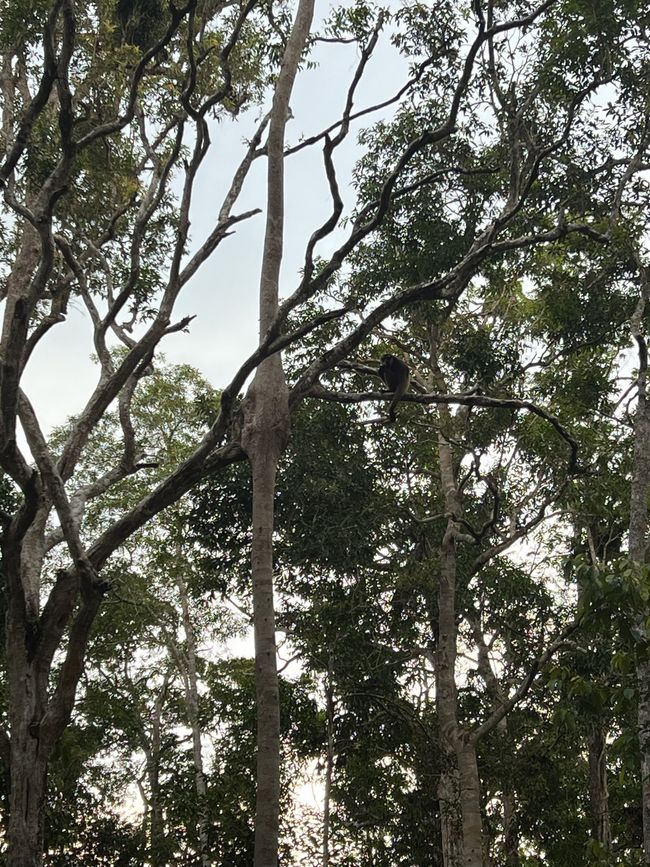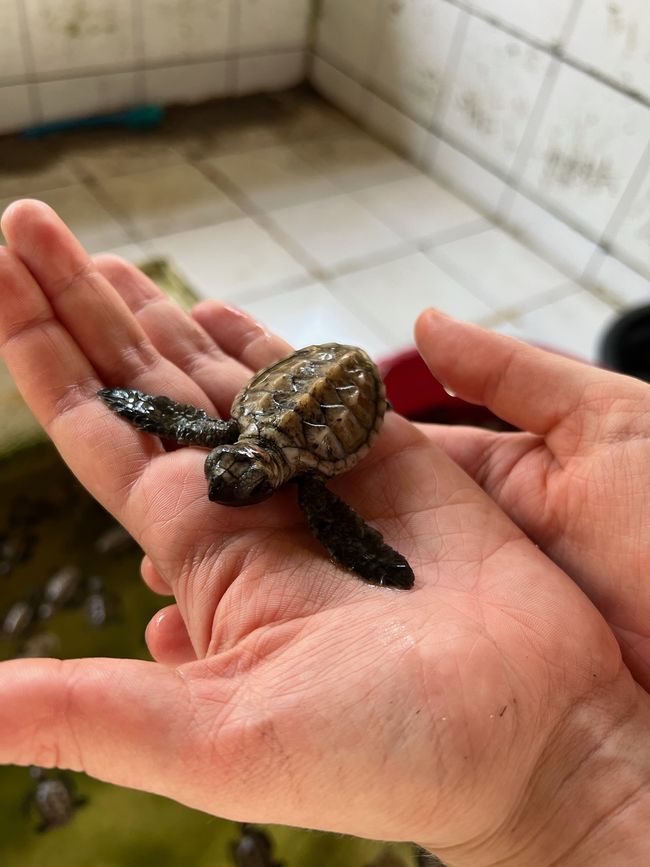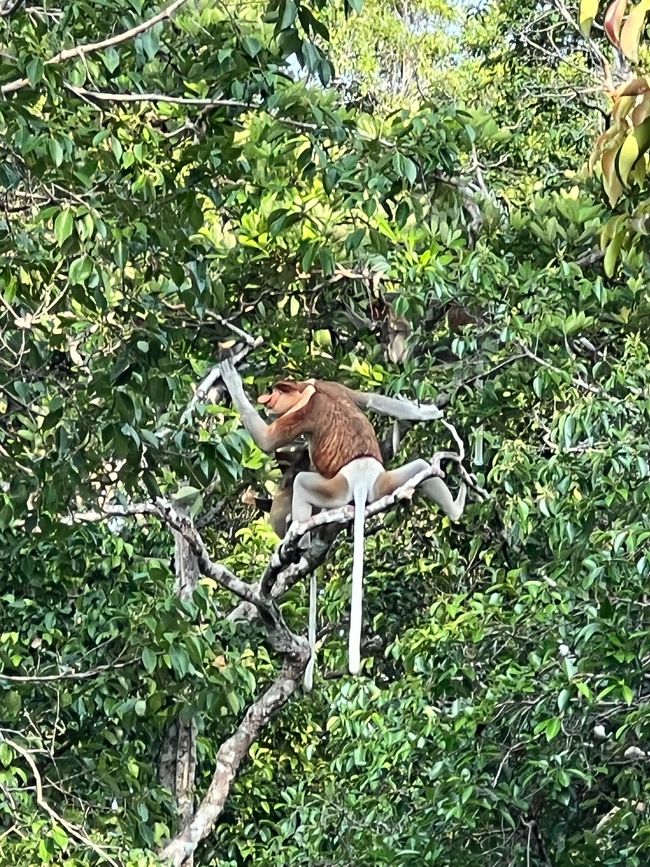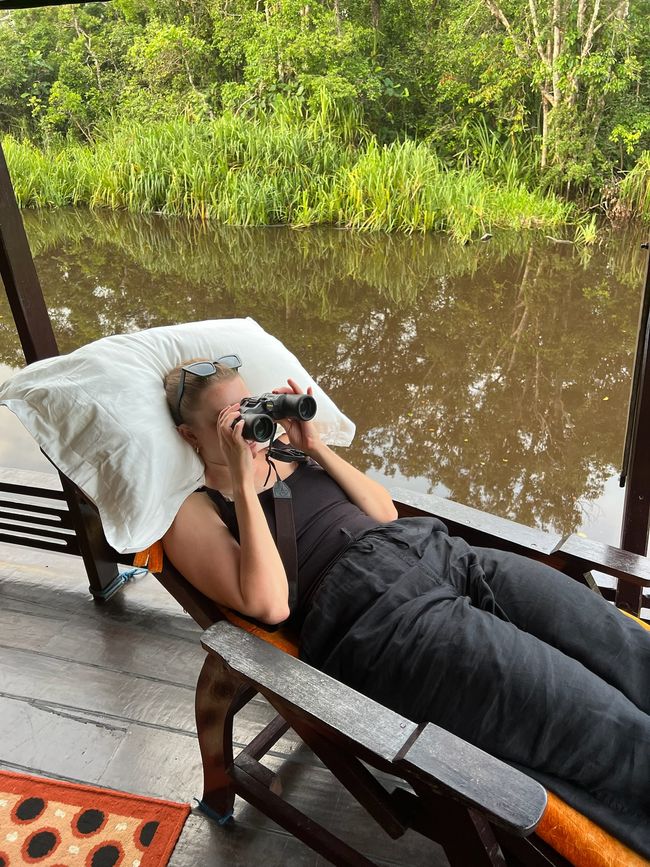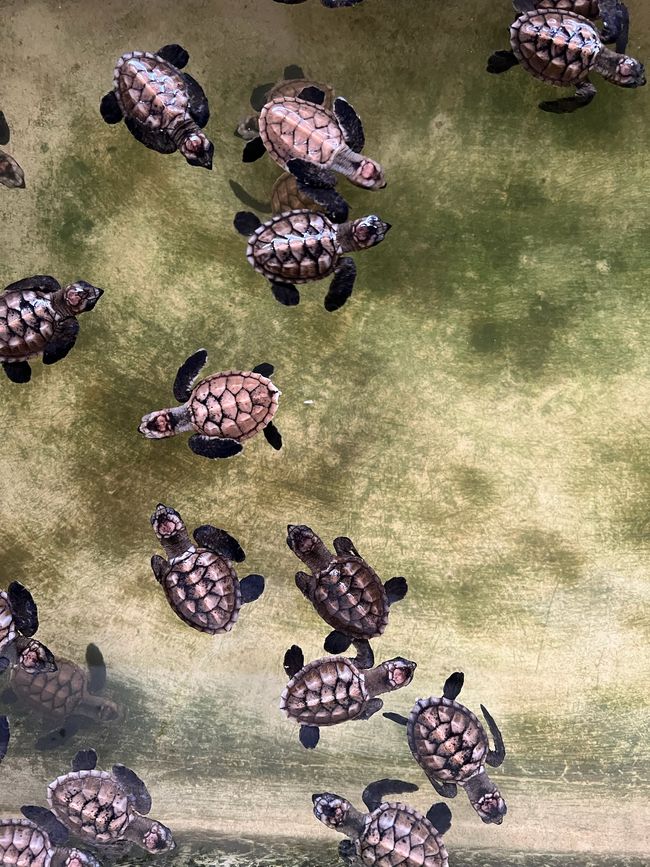Back in Asia: Indonesia
Objavljeno: 23.01.2024
The next stop on the agenda was another highlight of our trip: Borneo, or rather: Kalimantan! As you will see, the whole of Indonesia stood for us in the name of the animals.
Borneo is the third largest island in the world and is divided into three states: Brunei, Malaysia and Indonesia. The rainforest still extends over large parts of the island and is home to the orangutans, which are only found here and a little further west, on the Indonesian island of Sumatra.
The Indonesian part of Borneo is called Kalimantan and our next adventure began here in the state capital Pangkalanbun, an expedition by ship through the jungle.
A surprise awaited us when we arrived on our boat, because due to the still low number of visitors after Covid, our accommodation for the night was a lot more luxurious than expected. So we were first allowed to choose one of the two bedrooms and then quickly made ourselves comfortable on the deck to concentrate fully on the journey into the jungle.
Pangkalabun is located near the Kumai River, which flows from the mountains of Borneo into the Java Sea. Due to its width, it offers space for many freighters to penetrate inland and unfortunately also means that more and more parts of the forest near the shore have to give way to palm oil plantations. In order to stop this and save the habitat of the orangutans, a national park was established at the mouth of the river in the 1970s. This in turn is crossed by smaller rivers, which we explored over the next three days.
The days on board were always similar: get up early, have breakfast on deck while looking for animals in the trees near the bank, visit feeding stations for wild orangutans in the national park area, continue observing the trees and animals on the journey and have lunch , early dinner and sleep. These feedings are of course a highlight for us tourists today and will certainly continue to be held for this purpose, but they come from a time when many orangutans were released from captivity, poached and were dependent on help in finding food.
As in the Philippines, we were forced to adapt to nature and the daylight, as electricity was available, but of course there wasn't much to see in the trees after dusk. Here is a small list of the animals we saw wild in the jungle:
A crocodile & a large iguana
several species of kingfishers (Meninting kingfisher & storksbill)
Mangrove herons (smaller relatives of our great egrets)
Hornbills
lots of macaques and proboscis monkeys
Orangutans, of course
and our favorites:
Silver-crested lagurs (unfortunately without a baby, they are completely orange in the midst of their gray relatives)
great apes
On our last stop, an island in the Kumai River, we were able to visit a breeding station for sea turtles and just missed seeing one of them burying her eggs on the beach at night.
After a short and unplanned detour to Jakarta because our flights were canceled, we spent the second part of our stay in Indonesia in Lombok. It was very pleasant here, with great hotels, restaurants, cafes etc. but like Bali it was probably very western and it was difficult for us to really get to know the Indonesian culture.
Nevertheless, there was a highlight here too, but this time underwater: during a dive in Sumbawa, west of Lombok (Philipp was traveling alone as you needed more experience underwater for the depth), he was lucky enough to have four dives up to 4 meters in size See manta rays and tick off one of the most majestic animals underwater.
After Indonesia we went on to Vietnam, where we spent part of our trip with Kati's family.
Odgovori
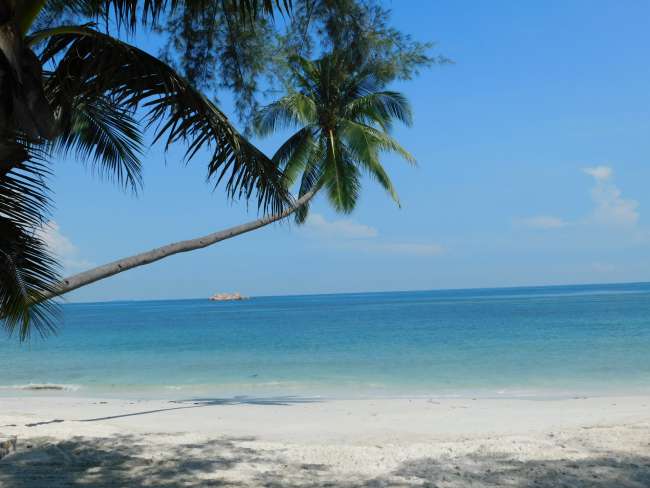
Poročila o potovanjih Indonezija
